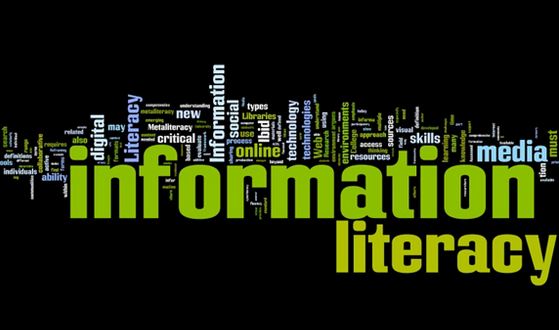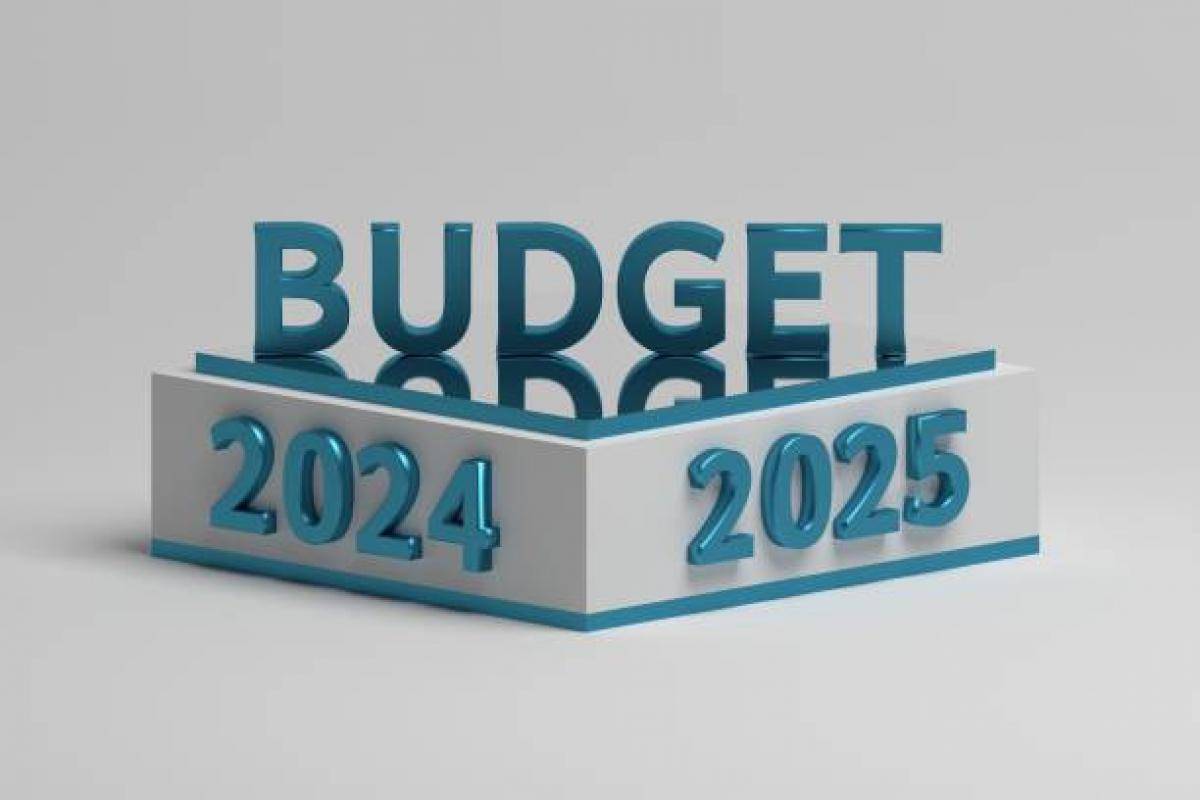Shazia Ramzan
Teaching is the process of facilitating learning and acquiring knowledge, skills, values, beliefs, and habits in students. There are different forms of teaching the kids, depending on their age, level, needs, interests, and goals. Some of the common forms of teaching the kids are:
- Direct instruction: This is a teacher-centered approach, where the teacher explains and demonstrates the content and skills to the students, and then checks their understanding and provides feedback. This form of teaching is effective for introducing new concepts, facts, and procedures, and for ensuring accuracy and mastery.
- Inquiry-based learning: This is a student-centered approach, where the teacher poses questions, problems, or scenarios to the students, and then guides them to explore, investigate, and discover the answers or solutions. This form of teaching is effective for developing critical thinking, creativity, and curiosity, and for fostering deeper understanding and application.
- Cooperative learning: This is a collaborative approach, where the teacher organizes the students into small groups, and then assigns them a task or project that requires them to work together and share their ideas, perspectives, and resources. This form of teaching is effective for enhancing social skills, communication, and teamwork, and for promoting diversity and inclusion.
- Differentiated instruction: This is a personalized approach, where the teacher adapts the content, process, product, and environment of the learning according to the students’ readiness, interests, and preferences. This form of teaching is effective for meeting the diverse needs and abilities of the students, and for increasing their motivation and engagement.
Please, subscribe to the monthly magazines of republicpolicy.com
Teaching kids in school and at home requires attention to the psychological, emotional, behavioral, and other perspectives of the students, as these factors influence their learning processes and outcomes. Some of the methods and techniques to teach kids in school by teachers and at home by parents are:
- Provide a positive and supportive learning environment, where the students feel safe, respected, valued, and encouraged. This can help them develop a sense of belonging, confidence, and self-esteem, and reduce their stress and anxiety.
- Use a variety of teaching methods and strategies, such as multisensory instruction, technology-based learning, game-based learning, and expeditionary learning, to cater to the different learning styles, preferences, and strengths of the students. This can help them enhance their cognitive, sensory, motor, and creative skills, and make learning more fun and enjoyable.
- Teach the students about their emotions and how to manage them, such as by naming, expressing, and regulating their feelings. This can help them improve their emotional literacy, awareness, and regulation, and cope with their challenges and frustrations.
- Model and teach the students appropriate and positive behaviors, such as by setting clear rules and expectations, providing feedback and reinforcement, and using praise and rewards. This can help them learn and practice social norms, values, and morals, and improve their behavior and discipline.
- Involve the students in the learning process, such as by giving them choices, voice, and autonomy, and by encouraging them to ask questions, share opinions, and participate in discussions. This can help them develop their metacognitive, self-regulatory, and communication skills, and increase their ownership and responsibility for their learning.
The teaching relationship among teachers and kids students is a vital aspect of education that can influence the academic, social, and emotional development of the learners. According to various studies, a positive teacher-student relationship is characterized by the following features:
- The teacher shows care, respect, and trust for the student, and the student reciprocates these feelings.
- The teacher has high expectations for the student’s learning and behavior, and provides support and feedback to help the student achieve them.
- The teacher uses humor, enthusiasm, and passion to make the lessons engaging and fun, and incorporates the student’s interests and preferences into the curriculum.
- The teacher listens to the student’s perspectives and opinions, and encourages the student to express themselves and ask questions.
- The teacher resolves conflicts with the student in a constructive and respectful way, and avoids using harsh or punitive methods.
A positive teacher-student relationship can have many benefits for both parties, such as:
- The student feels more motivated, confident, and curious about learning, and performs better academically.
- The student develops better social and emotional skills, such as communication, cooperation, empathy, and self-regulation.
- The student exhibits less behavioral problems, such as aggression, defiance, or withdrawal, and more positive attitudes towards school and peers.
- The teacher feels more satisfied, fulfilled, and effective in their profession, and experiences less stress and burnout.
- The teacher gains more insight and knowledge about the student’s needs, strengths, and challenges, and can adapt their instruction accordingly.
The role of parents in facilitating the teaching relationship is also crucial, as they can provide valuable information, support, and feedback to both the teacher and the student. According to research, some of the ways that parents can enhance the teaching relationship are:
- Communicating regularly and effectively with the teacher, through various channels, such as phone calls, emails, texts, or face-to-face meetings.
- Sharing relevant information about the student’s background, interests, goals, and difficulties, and listening to the teacher’s observations, suggestions, and concerns.
- Participating in school activities, such as parent-teacher conferences, open houses, workshops, or volunteer programs, and showing interest and appreciation for the teacher’s work.
- Supporting the student’s learning at home, by providing a conducive environment, appropriate resources, and positive reinforcement.
- Encouraging the student to respect, trust, and cooperate with the teacher, and to value and enjoy learning.
- Respecting the teacher’s professionalism and expertise, and avoiding criticism, interference, or blame.
Lastly, the teaching relationship among teachers and kids students is a complex and dynamic phenomenon that can have a significant impact on the educational outcomes and well-being of both parties. The role of parents in facilitating this relationship is essential, as they can bridge the gap between home and school, and foster a collaborative and supportive partnership with the teacher.
Please, subscribe to the YouTube channel of republicpolicy.com

















































